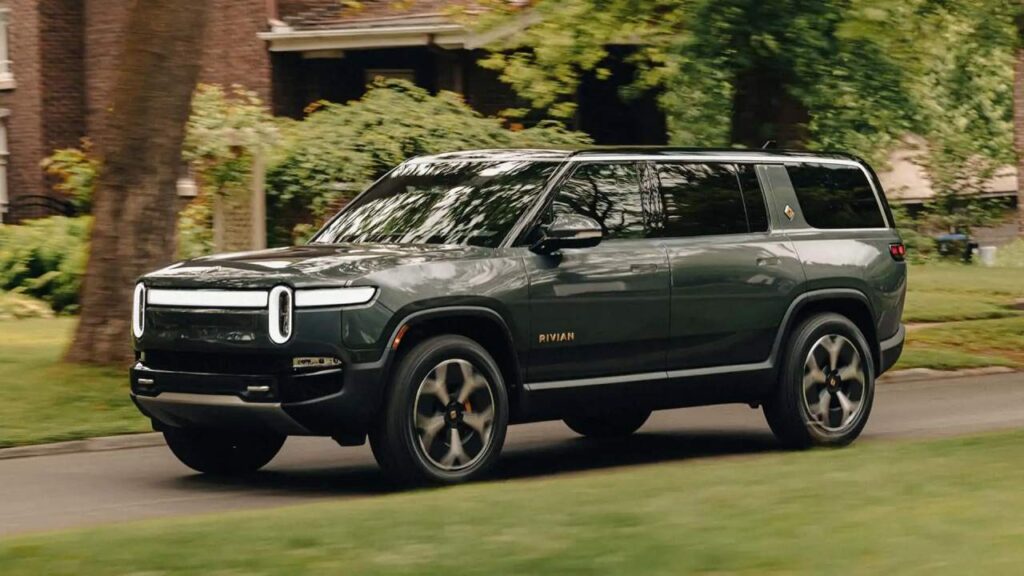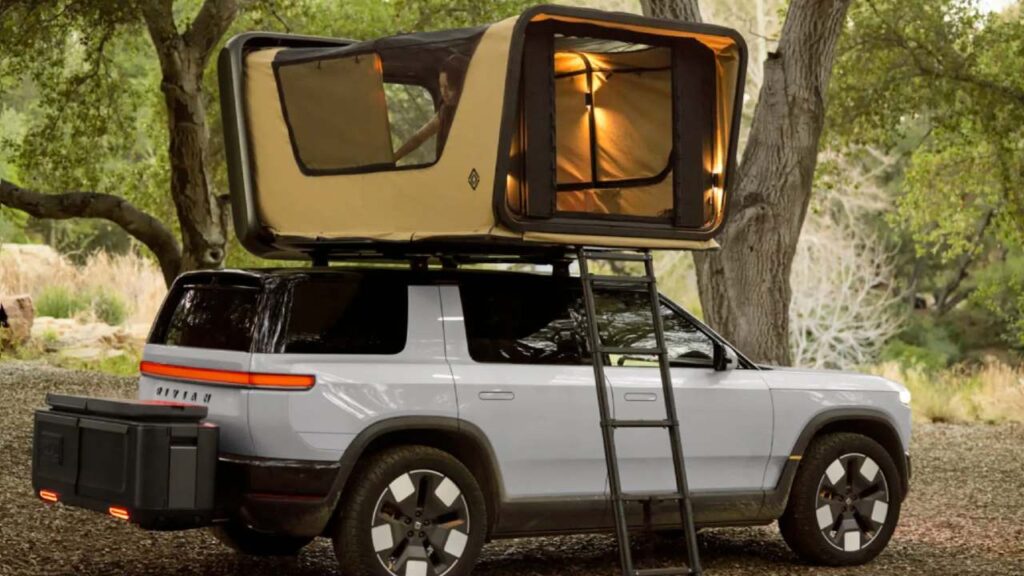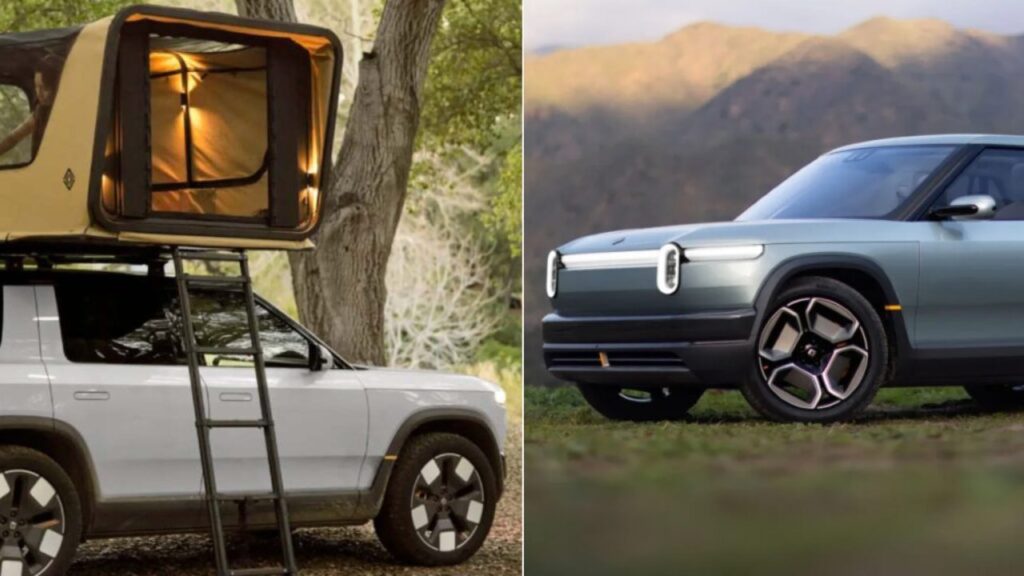Rivian is ramping up its efforts to bring the R2, R3 and R3X to the market while improving the characteristics of the R1 series.
Rivian R1 is getting some critical updates while the plans to release the R2, R3 and R3X are getting concretized. The American EV startup has been in the news for a while now. It currently sells the R1T pickup truck and R1S SUV. While these are gaining momentum on the sales charts, their hefty price tags are still too excessive for a whole bunch of customers. To remedy that, the more affordable R2, R3 and R3X are on their way. In fact, the spy media about these are already out.

You might also like: Rivian Teases 5 New EVs After $5 Billion VW Investment
Rivian R1
Let us commence with the R1 range. We know that it recently received an update. This incorporates a new Lithium-Iron Phosphate (LFP) battery pack for the base version. There are tons of advantages of this battery chemistry along with a few disadvantages over the Nickel-Manganese-Cobalt (NMC) batteries. The pros include more durability, higher operating voltage, more affordable in terms of raw materials sourcing and manufacturing, avoidance of Cobalt usage (Cobalt is associated with unethical mining) and slower degradation.
On the cons corner, these have a slightly lower energy density, lower range and slow charging in winter. The overall pros must outweigh the cons to make sense of using these. However, due to this new battery chemistry and a software update, the base version of the Rivian R1 range can charge much more quickly. As per this video by Out of Spec Reviews, juicing up the battery of an R1S from 0 to 100% took 1 hour. This is after the recent software update. Previously, this same process took 1 hour and 15 minutes. During the charging, the peak charging rate was 218 kW.
Rivian R2
Moving onto the Rivian R2 now. The concept model received wild applause when it was showcased at an event earlier this year. Reportedly, the R2 clocked over 68,000 reservations within 24 hours of unveiling back in March this year. As per a report by radio station WGLT, Rivian’s Vice President Tim Fallon said that the preorders have crossed 100,000. The electric crossover will hit the market in 2026 at an estimated price tag of around $45,000.

The R2 will be available in single, dual and tri-motor setups with a 0-60 mph (97 kmph) acceleration time of under 3 seconds in the most aggressive settings. Users can enjoy a range of around 300 miles (483 km) on a single charge. Another key aspect pertaining to charging will be the stock configuration with the North American Charging Standard (NACS) port. Remember the R1T and R1S already use an adapter to access the Tesla Supercharging network.
Rivian R3
Rivian CEO RJ Scaringe announced that the R3X will follow after the release of R2 in 2026. It is interesting to note that the R3X will precede the launch of the base R3. Both R2 and R3 will utilize the new low-cost platform which will ensure that the costs remain attractive. Going forward, the American startup can only sustain the business operations once it starts generating profit. Mass market EVs like the R2, R3 and R3X will drive that growth in the coming years.

You might also like:
Learn Electric Cars Says
Amidst stiff competition in the EV space today, only a handful of startups are doing well. Rivian is certainly one of them. While the joint ventures with Ford and Mercedes-Benz fell through, the current cooperation with VW seems positive. The German auto giant has promised to invest up to $5 billion in Rivian in exchange for getting the license to use Rivian’s software and electrical architecture.
This huge investment, in addition to the $827 million state incentives to expand the Normal Factory in Illinois, will be critical in sealing the future of the brand. If everything goes well, the Rivian R1 models will be profitable by Q4 2024. Thereafter, the mass market products will take things forward. Let us keep an eye out for more developments in this regard.

